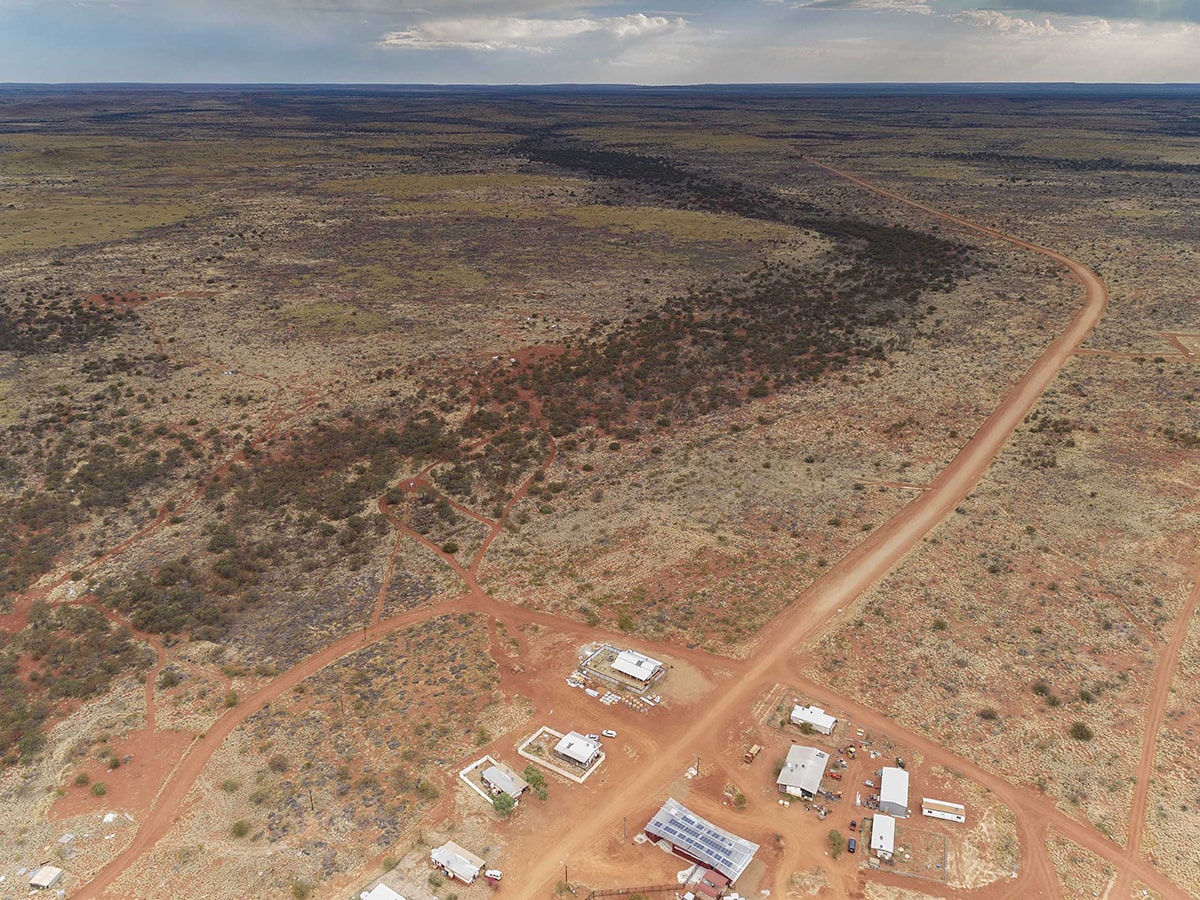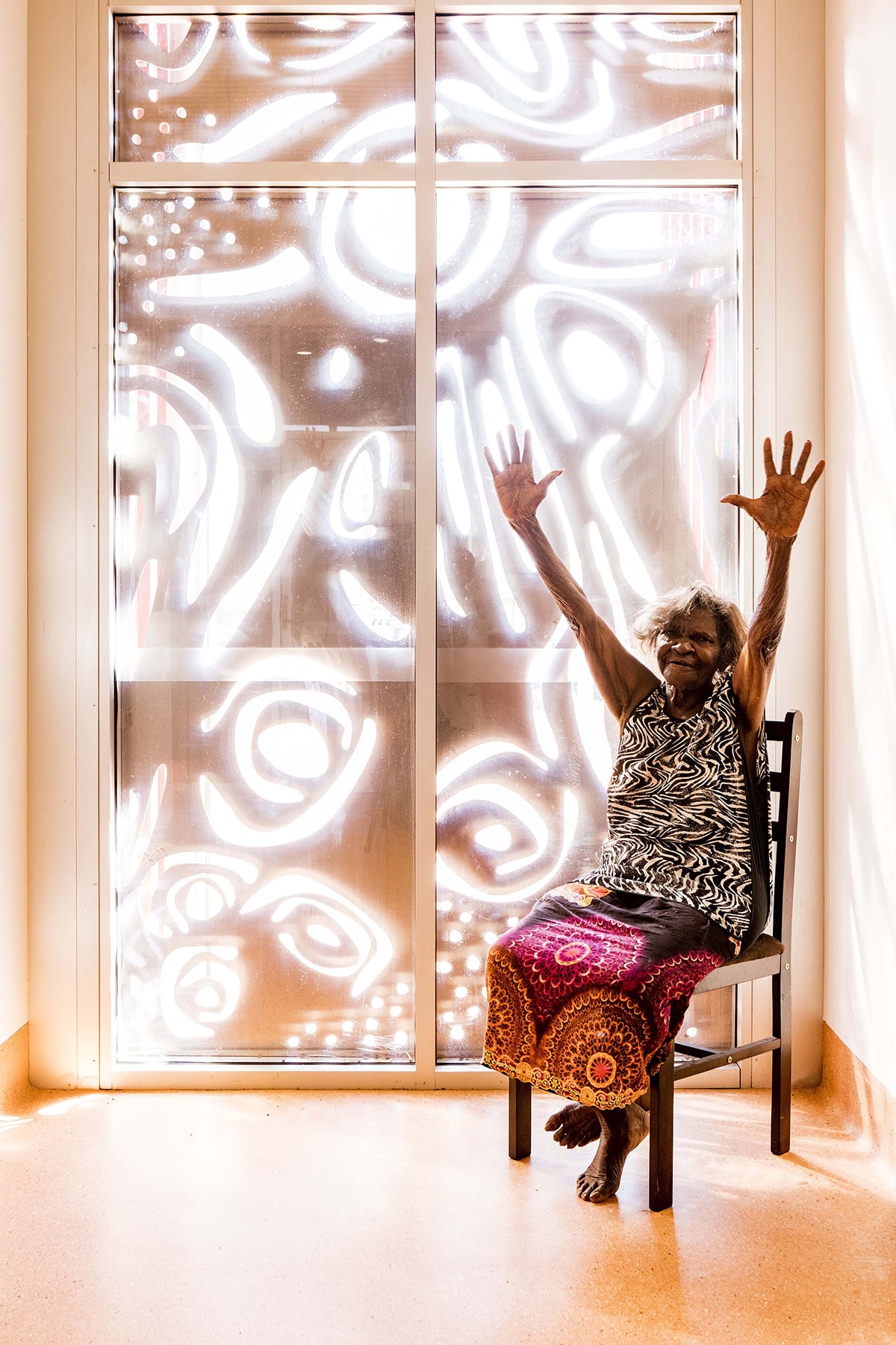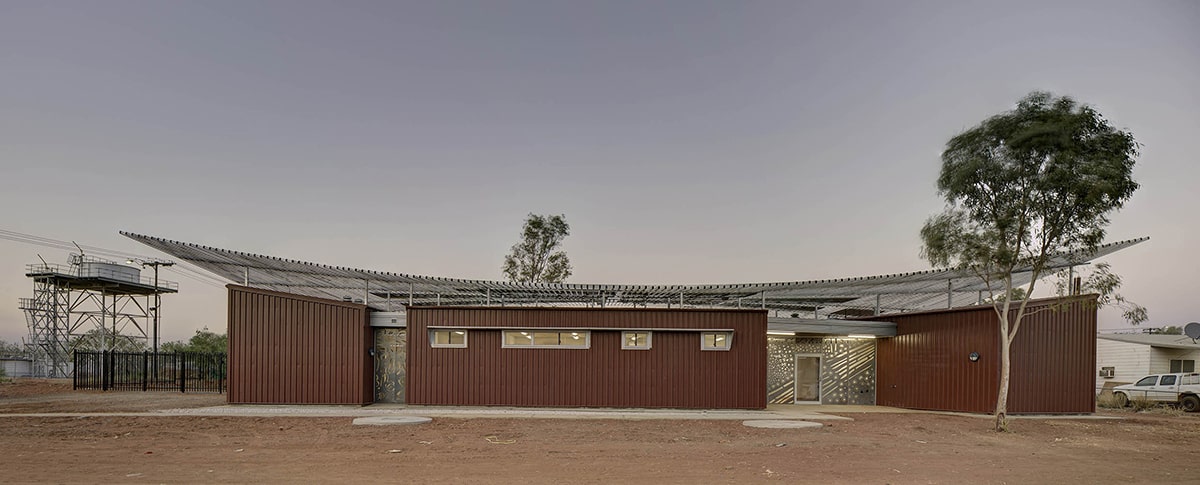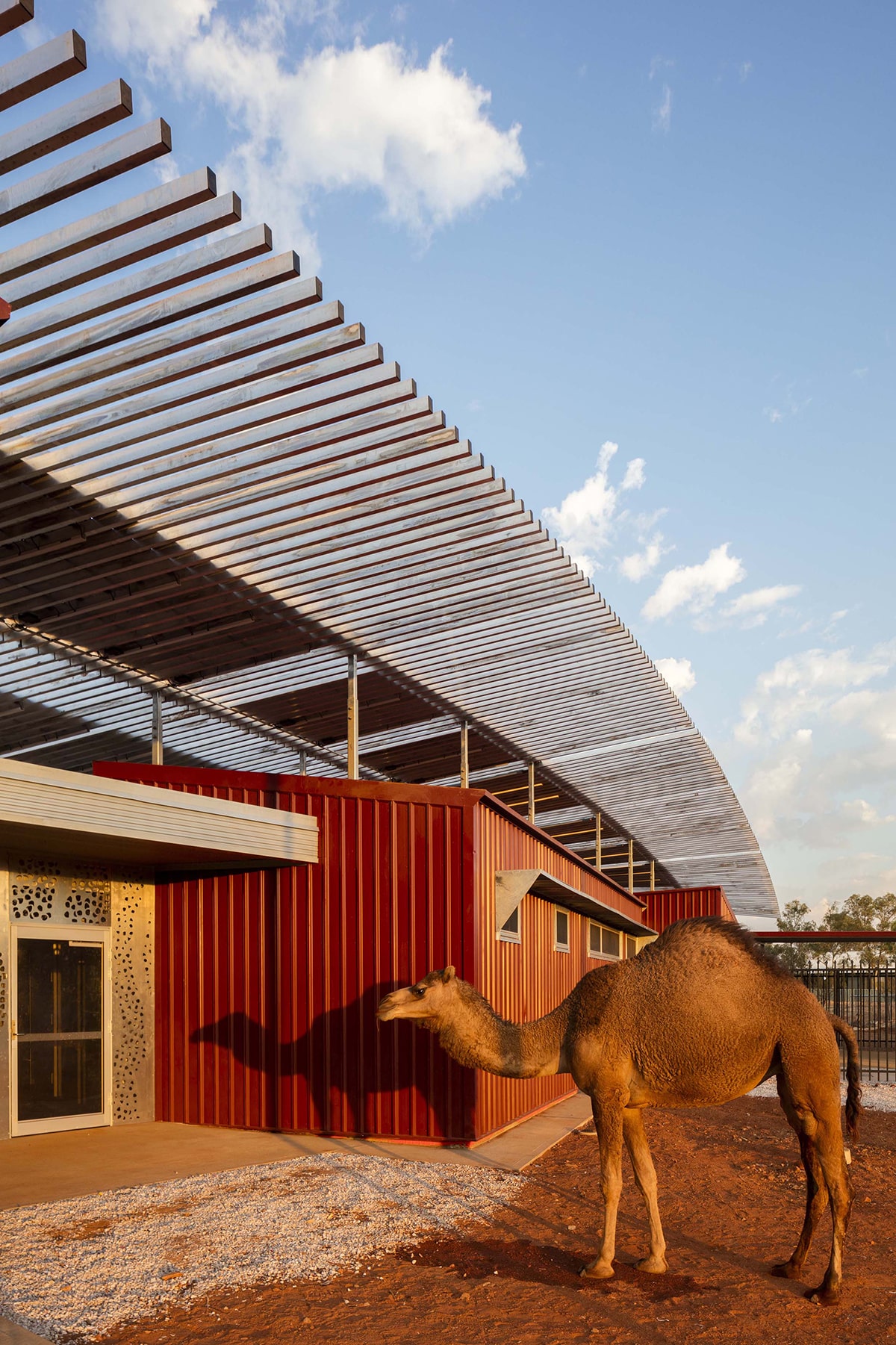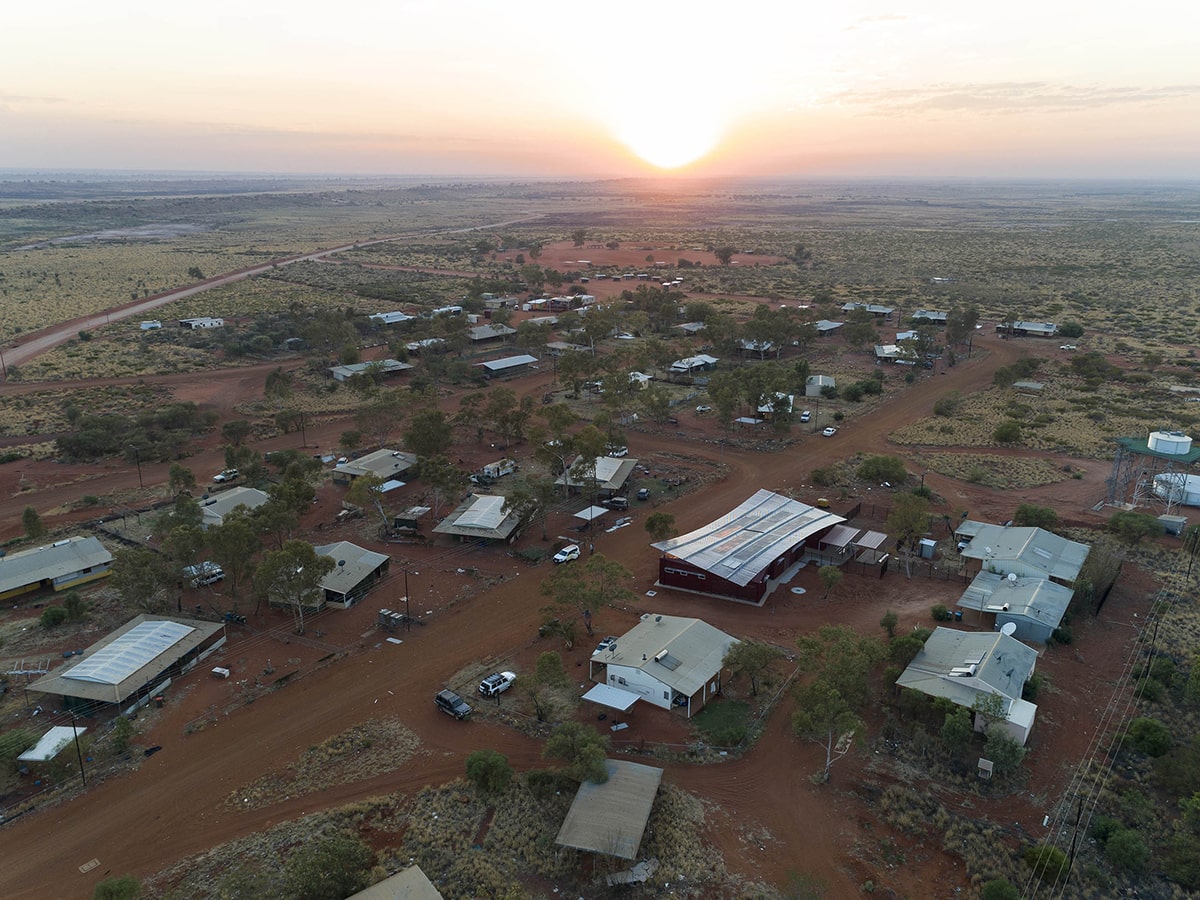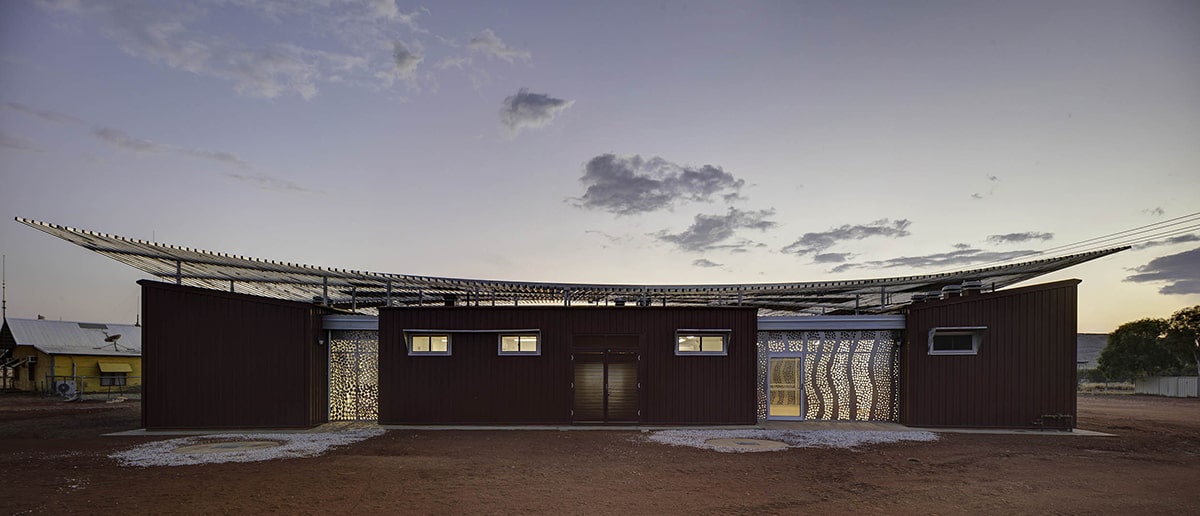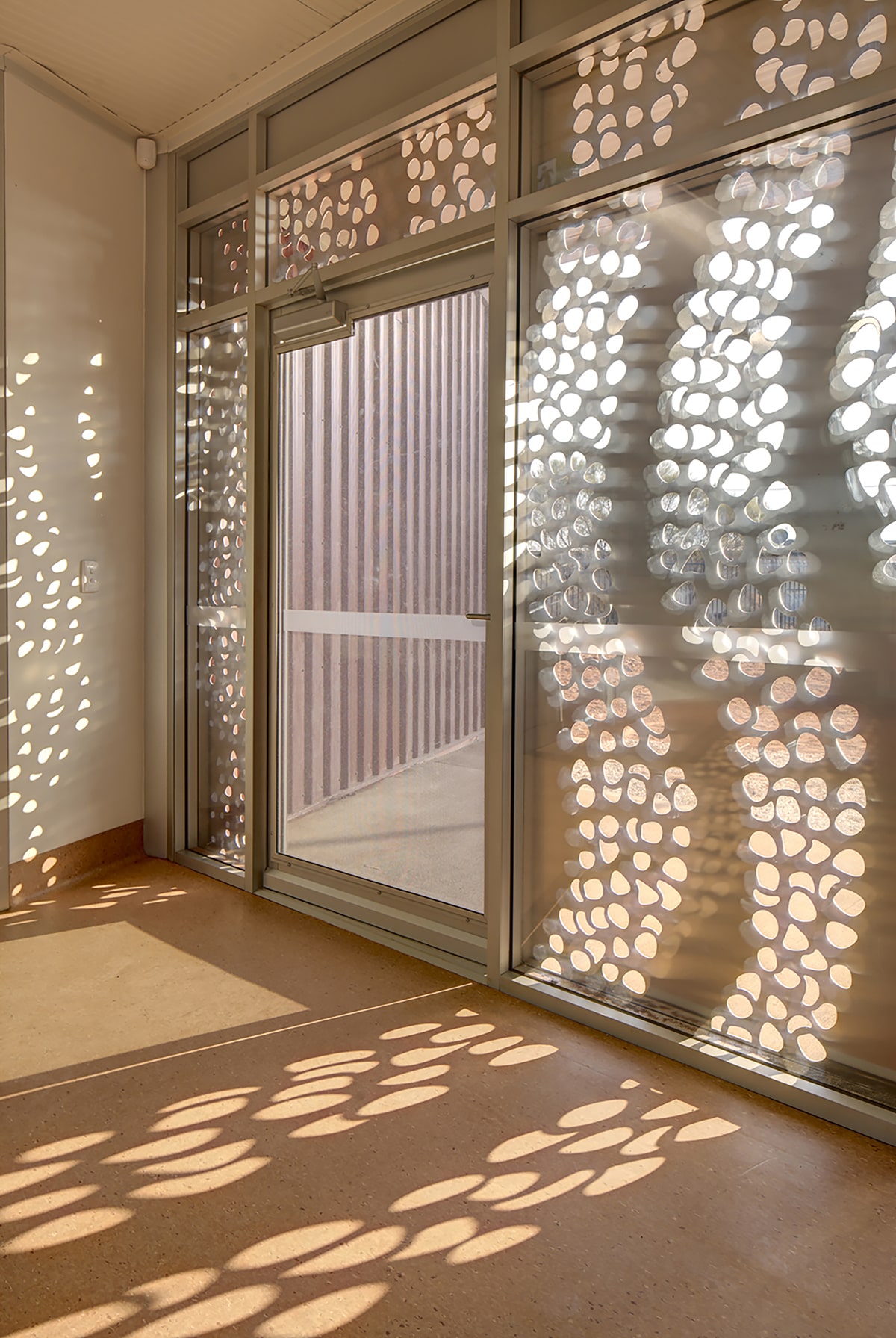Western Desert Clinics

Aboriginal and Torres Strait Islander people, please be aware the Kaunitz Yeung Architecture website contains images of deceased persons.
The Punmu and Parnngurr Aboriginal Health Clinics in the Western Australian desert serve some of the remotest communities in Australia, lying 1800km from Perth and hundreds of kilometres from the nearest towns. They make up two of the four remote communities of the Martu who lived on their country for millennia before becoming some of the last Aboriginal people to have contact with Europeans. Punkurunu Aboriginal Medical Service (PAMS), a community organisation with a Martu Aboriginal board, is the sole provider of primary health care services for the four Martu communities. PAMS required two replacement clinics which addressed the programmatic constraints and modest budget of AUD$2 million per clinic, whilst reinforcing the organisational approach of respect of people, land and culture to create a facility with community ownership.
THE BRIEF
The project sought to replace the original clinics which were built when the communities were established in the 1980s and were no longer fit for purpose. In doing so, the new clinics made provision for visiting specialists and allied health professionals to broaden the reach and quality of health delivery for the complex comorbidities which are worsening Aboriginal health.
Meaningful engagement with the community facilitated cultural appropriateness in the design and engenders ownership in the buildings. The clinics reflect the community model of care, placing health and wellness at the centre of community. This, combined with a broader health provision, has increased presentation rates. This is key to supporting preventative health, closing the gap between Aboriginal and non-Aboriginal Australians, and reducing the need for the community to leave country. Being forced to leave country has a significant negative effect on wellness, which is mitigated by this project.
DESIGN APPROACH
These two buildings are 100km apart as the crow flies, but 1000km apart by road. The remote locations and the fact that all materials and equipment were only are available from Perth called for a unique approach.
To address this, the buildings are a hybrid of modular construction and site-built infill works. The clinical rooms were grouped into prefabricated modules. These were completely fabricated in Perth on pre-cast concrete raft slab complete with external cladding, roofs and the full internal fit out. This meant that clinical rooms could be delivered to as high a quality as would be normally achieved in Perth.
These modules were laid out in the builder’s yard by a surveyor as they would be placed at the site. This enabled site measuring of the infill elements in Perth prior to transportation. All materials were then transported 1800km to the site where the infill elements of the waiting rooms and corridors were constructed. This enabled a contextualization of each building with respect to the site, orientation and cultural considerations whilst harnessing the advantages of prefabrication.
Sustainability measures were also an important consideration. The temperature is regularly over 40 degrees Celsius, and at the peak of summer can reach 50 degrees. Each building is shaded by a sculptural pergola that acts as a secondary roof and provides shading around the building. The pergola also serves as a support for 60 flexible photovoltaic panels which provide thirty percent of the clinic’s power. This is combined with a load shedding system which manages the load of the clinic and neighbouring staff house to mitigate the peak power demand at the height of summer.
INTERESTING FACTS
Local artists were chosen by each community to have their work integrated into the buildings as art screens. Other responses to culture include the siting of the buildings and the orientation and location of entrances to address cultural avoidance and male and female separation.
TESTIMONIAL
Puntukurnu AMS is a community organisation, with an Aboriginal board. We required two clinics delivered in parallel, to the highest quality, in the remotest of locations for a modest budget through respect of people, and culture to create a facility with community ownership. This has resoundingly been achieved. Robby Chibawe, CEO Puntukurnu AMS CEO
LOCATION:
Martu Country - Punmu & Parnngurr, Western Australia
CLIENT:
Puntukurnu Aboriginal Medical Service
- 2019 European Healthcare Design Award - Winner Healthcare Design (over 25,000 sqm)
- 2019 European Healthcare Design Award - High Commendation Design for Health and Wellness
- 2019 Inde Awards - Winner The Wellness Space Project
- 2019 - Winner 30th Cycle World Architecture Award
CREDITS:
Funding body: Australian Department of Health, Client: Robby Chibawe, CEO Puntukurnu Aboriginal Medical Service, Project Facilitator: John Baillie, WSP, Art Screen Design Consultant: Vashti Gonda, Di Emme Creative Solutions, Punmu Community Artists: Jakayu Biljabu and Minyawe Miller, Parnngurr Community Artists: Sonia Williams and Wokka Taylor, Source Art Centre: Martumili Art Centre, Structural Engineer: Bruce Hutchison, Chapman Hutchison Engineers, Building Services Engineers: Lucid Consulting Engineers, QS: Charles Wright, QS Services, Photographer: Brett Boardman, Contractors: Murray River North, Solar Panels: Geniux

